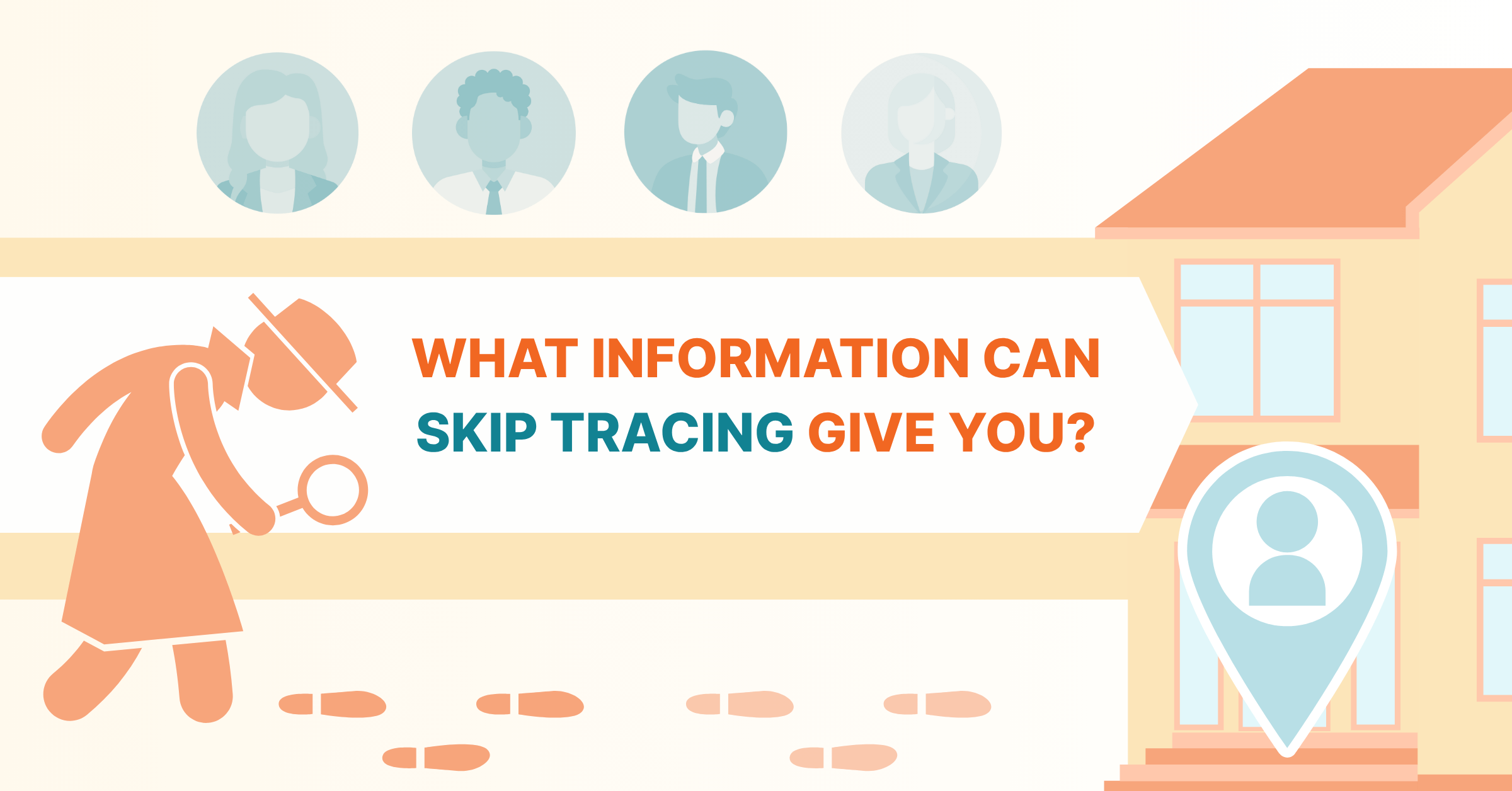Real estate brokers and agents are already seeing massive changes in the real estate market and are changing their sales techniques — from in-person to virtual — as a result of the pandemic.
COVID-19 and its aftermath will also change how and where people live and what they are looking for in their next home. Here's a look at how these trends are likely to unfold in the months ahead.
The WFH Trend Gives Professionals More Flexibility
According to the Wall Street Journal, people will no longer choose where to live based on an area's potential to be a "hot job market." One analyst predicts that as much as 30% of the workforce will be working from home (WFH) by the end of 2021.
Savvy brokers and agents will keep their eye on which parts of the country and which neighborhoods see a surge in residency. Many people have chosen to move from densely populated cities to more suburban and rural areas. Others are renting properties in places that have traditionally been vacation destinations. For example, New York's Hamptons area has seen a surge, including an early summer rental market. Given the migration of people to new areas, you must also be prepared to deal with out-of-state buyers and investors more than you have in the past.
The pandemic will not only prompt people to make geographic choices based on lifestyle factors, but it will also have an impact on what types of homes people will seek.
Professionals are discovering that having a quiet home office is no longer an option. With more than 300 million Zoom calls happening each day, workers are finding the need to create more elaborate and video-friendly workspaces. Reliable Wi-Fi and proximity to co-working spaces may also be important factors when people are choosing to buy or renovate a home.
Digital Home Browsing and Buying Is Here to Stay
Over the past decade, the trend toward do-it-yourself real estate shopping has emerged and accelerated. By the time a potential buyer or renter contacts an agent, he or she has probably done online research on neighborhoods and properties. Virtual home tours and social media marketing are now standard for most brokers and agents.
Keeping on top of where people are looking and how areas are changing is more critical than ever. It's essential to know your data if you want to establish yourself as a trusted broker or agent, adding a human element to buying, renting and the investing process that's becoming increasingly digital.
Low Mortgage Rates Give Rise to New Opportunities
First-time home buyers, investors and people who have been contemplating moves may take fast action now that rates have reached new lows. With continuing market volatility on the horizon, it appears these low rates could persist for a while. Some buyers may reach for a bit more space or amenities than they otherwise would have. In areas where inventory is low, bidding wars are likely to ensue, and real estate brokers and agents need to be fully prepared to move quickly and help their clients navigate the process.
Know Your Market and Know Your Client
That principle has always been true for the real estate industry. But COVID-19 has rapidly changed every aspect of life and work over the past several months. Staying close to (and one step ahead of) migration patterns, neighborhood evolutions, mortgage rates and buyer/renter needs is more critical than ever, along with effective targeted marketing to reach your buyer, renter or investor.
More changes are sure to come before year-end, and the most successful brokers and agents are those who combine data with best-in-class marketing and sales strategies and a "human-first" perspective.



